Vitamin C
fortyseven_gw
9 years ago
Related Stories
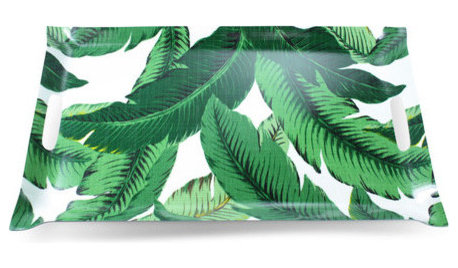
PRODUCT PICKSGuest Picks: A Tropical Paradise at Home
Bring on the palm leaves and punchy colors. With finds like these, who needs a resort?
Full Story
EDIBLE GARDENSNatural Ways to Get Rid of Weeds in Your Garden
Use these techniques to help prevent the spread of weeds and to learn about your soil
Full Story
GARDENING AND LANDSCAPINGHow to Make a Pond
You can make an outdoor fish paradise of your own, for less than you might think. But you'll need this expert design wisdom
Full Story
LIFE10 Feel-Better Things to Do on a Sick Day at Home
Nourish, pamper and heal yourself when a cold keeps you housebound, with these restorative ideas
Full Story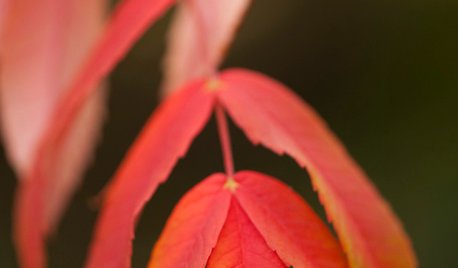
RED FOLIAGEGreat Design Tree: Staghorn Sumac
This fall superstar burns bright red and orange in the landscape — just keep an eye on its spread while you watch the show
Full Story
PLANTING IDEASGreat Garden Combo: Rose + Clematis for Small-Space Impact
We all need somebody to lean on. And when a rose supports a climbing vine, the results can totally transform a small garden
Full Story
LANDSCAPE DESIGNKoi Find Friendly Shores in Any Garden Style
A pond full of colorful koi can be a delightful addition to just about any landscape or garden
Full Story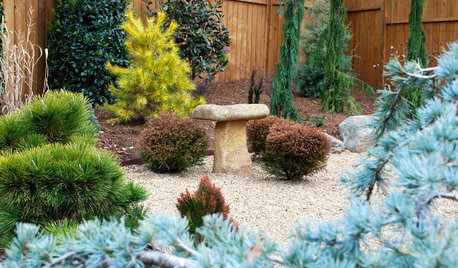
GARDENING GUIDESGreat Design Plant: Thuja Occidentalis ‘Bobozam’
Sculptural, diminutive and low maintenance, Mr. Bowling Ball arborvitae works hard in small spaces
Full Story
FARM YOUR YARDIf You Have Room for Only One Summer Crop ...
Get an edible that’s long on flavor even if you’re short on space, with a long-time gardener’s favorite picks
Full Story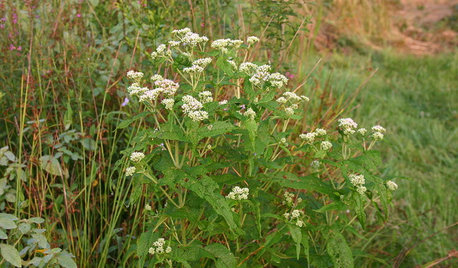
GARDENING GUIDESGreat Design Plant: Common Boneset Helps Good Bugs Thrive
Support bees, moths and butterflies with the nectar of this low-maintenance, versatile and tactile prairie-style plant
Full StorySponsored
Columbus Design-Build, Kitchen & Bath Remodeling, Historic Renovations
More Discussions






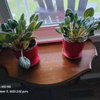
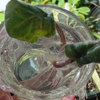
Karin
fortyseven_gwOriginal Author
Related Professionals
Belmont Landscape Architects & Landscape Designers · Leawood Landscape Architects & Landscape Designers · Winder Landscape Architects & Landscape Designers · Sahuarita Landscape Architects & Landscape Designers · Elgin Landscape Contractors · Salem Landscape Contractors · Brunswick Landscape Contractors · College Park Landscape Contractors · Estelle Landscape Contractors · Salem Landscape Contractors · Tuscaloosa Landscape Contractors · West Orange Landscape Contractors · Wilton Landscape Contractors · Oxon Hill Landscape Contractors · Ferguson Landscape Contractorsaseedisapromise
fortyseven_gwOriginal Author
petrushka (7b)
fortyseven_gwOriginal Author
aseedisapromise
fortyseven_gwOriginal Author
petrushka (7b)
aseedisapromise
fortyseven_gwOriginal Author
petrushka (7b)
fortyseven_gwOriginal Author
petrushka (7b)
fortyseven_gwOriginal Author
petrushka (7b)
fortyseven_gwOriginal Author